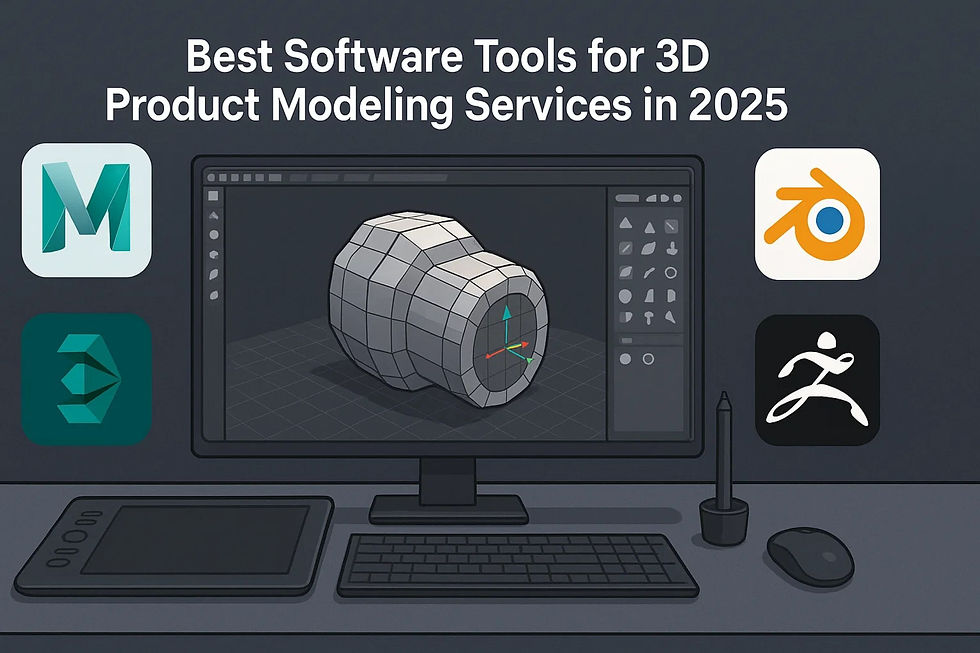Why Manual Photoshop Edits Still Win in Professional Golf Course Drawings
- Hemant vizent
- May 14
- 5 min read

Manual Photoshop Edits
In a digital era dominated by automation, AI tools, and CAD software, one might wonder why manual Photoshop edits still hold significant value in the world of Golf Course Drawings. Yet, when it comes to precision, artistic control, and the finesse needed in representing complex landscapes like a Golf Course Master Plan, manual editing with Photoshop continues to be a game-changer. While CAD tools and 3D modeling software are essential in the technical workflow, manual Photoshop editing remains the secret weapon of top golf course illustrators.
The Importance of Visual Precision in Golf Course Drawings
Creating a drawing of a golf course isn’t just about plotting bunkers, fairways, and greens on a plan. It’s about communicating the vision, strategy, and aesthetics of a course. This is especially true for presentations, brochures, and investor materials where visuals must capture attention.
Golf course developers, designers, and architects use these visuals to pitch their concepts or to get approvals. While CAD-generated visuals and 3D renders provide accuracy, they often lack the emotional and artistic depth needed to sell an idea. This is where manual Photoshop editing breathes life into golf course drawings.
Photoshop vs. Automation: Where Manual Wins
For example, when preparing a Golf Course Master Plan, adding tree canopies, rough textures, and water reflections manually in Photoshop can turn a flat CAD output into a compelling, three-dimensional experience.
Automated rendering tools often create visuals that look generic. However, through manual Photoshop edits, each element—from fairway contours to elevation shading—can be tailored to enhance storytelling and presentation impact. This is crucial when presenting Grading Plan, where subtle color gradients can illustrate terrain changes far better than mechanical linework.
Enhancing CAD Service Output
While CAD provides the foundation of technical accuracy, it falls short in terms of presentation quality. A skilled designer will use Photoshop to refine these outputs and add illustrative flair. This synergy between CAD and Photoshop is especially powerful for:
Irrigation Plan Drawing: These are often complex and data-heavy. By using Photoshop, designers can visually prioritize essential areas, use icons or graphic styles for irrigation heads, valves, and pipes, making the plan easier to understand without sacrificing technical detail.
Photoshop edits also allow for real-time responsiveness to client feedback. No need to go back to the CAD model—minor adjustments can be handled with finesse in Photoshop.
Professional Golf Course Drawings Demand a Human Touch
A professional drawing of a golf course should do more than show where the greens are; it should evoke a feeling of relaxation, challenge, beauty, or luxury. While 3D software provides realistic renders, the supporting 2D artwork created with Photoshop can highlight the same course with enhanced shadows, hand-crafted textures, and personalized annotations, making it far more engaging.
Manual edits also allow designers to work with varying levels of opacity and blend modes, which are particularly useful in illustrating landscape layering, such as how the terrain transitions from a wooded area to an open fairway. This level of control is unmatched by automated tools.
The Versatility of Photoshop in Golf Course Visualization
Photoshop supports layering, masking, and a wide range of brushes and textures, making it an ideal tool to support the visual aspects of:
Golf Course Master Plans
Grading Plans
Irrigation Plan Drawings
Cut and Fill Analysis
Marketing Materials
Custom Presentation Boards
With smart object capabilities, designers can reuse and edit components across multiple views without starting from scratch. This is especially helpful when developing Golf Course Drawings for large projects with multiple stakeholders and revisions.
Real-World Example: Photoshop in Grading Plan Presentation
Let’s consider a real-world example of a Grading Plan. A CAD file gives you contours and spot elevations. Useful? Yes. Understandable? Not always. But once imported into Photoshop, those contours can be color-coded, the elevations can be annotated with drop shadows for emphasis, and a background texture of grass or soil can be added. Suddenly, the technical Grading Plan transforms into an intuitive graphic that communicates with engineers and laypersons alike.
Photoshop also allows integration of site photos, drone imagery, and digital sketches into the same presentation board. This holistic visualization is often key in client presentations and approval processes.
Manual Photoshop Edits vs. AI and 3D Rendering
With the growing popularity of Golf Course 3D Model and AI-driven rendering tools, it's tempting to skip manual processes altogether. However, these tools still struggle with fine artistic control. Shadows might fall incorrectly, textures can look repetitive, and contextual elements (like clubhouses or water features) might appear too generic.
Manual edits using Photoshop allow designers to override these limitations, ensuring that the final artwork reflects the design intent accurately and artistically.
Moreover, Photoshop is platform-agnostic. Whether your base file is from AutoCAD, Revit, SketchUp, or a GIS platform, Photoshop acts as the final polish layer that harmonizes all inputs.
Why Clients Prefer Photoshop-Touched Drawings
Clients often choose manual Photoshop-enhanced visuals over plain CAD or AI outputs for several reasons:
Better Storytelling: Enhanced visuals make it easier to explain project phases, zones, and unique design features.
Custom Branding: Colors, fonts, and styles can be adapted to match the client’s branding, something not easily done in rigid CAD environments.
Higher Visual Impact: When trying to secure funding, buy-in, or public support, visuals that look artistic and polished often carry more weight.
Conclusion: The Winning Combination
While technology continues to advance in leaps and bounds, the artistry and precision of manual Photoshop editing still stand tall in the niche of professional Golf Course Drawings. Whether you're working on a drawing of a golf course, preparing a Golf Course Master Plan, presenting a detailed Grading Plan, or showcasing a Golf Course 3D Model integrating manual edits into your workflow can elevate your visuals from functional to phenomenal.
Manual Photoshop work bridges the gap between technical accuracy and artistic presentation. When paired with robust Cad Service, precise Cut And Fill Calculations, and layered Irrigation Plan Drawing, the result is a visual masterpiece that not only informs but also inspires.
Read more





Comments